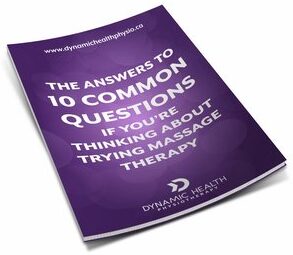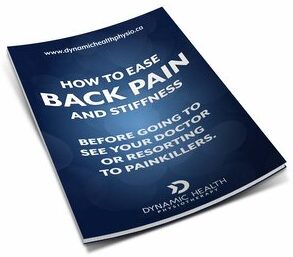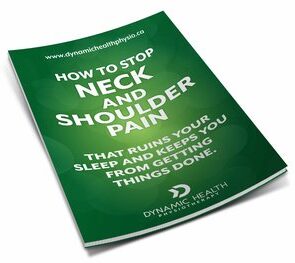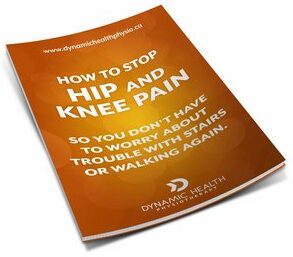- January 12, 2022
VERTIGO- SYMPTOMS AND TREATMENTS

What Is Vertigo
In our inner ears, we have two structures that hold crystals. Sometimes, these crystals can become dislodged and end up in a canal in our inner ear. We have fluid in these canals that help to detect movement of our head. When a crystal is in there it detects more movement than is actually happening and THAT is what causes the dizziness.
Symptoms
Dizziness (varying in severity) can last 30-60 seconds.
Nausea, Caused by the dizzy feeling
Room Spinning
These symptoms are treatable and here is how we do it:
1. CHAT ABOUT WHAT MIGHT BE CAUSING YOUR VERTIGO.
The majority of cases have no specific cause and can be idiopathic; head trauma or surgical trauma to the inner ear; labyrinthitis/neuritis/migraines that predisposes you to conditions like vertigo.
2. PERFORM A DIX-HALLPIKE TEST.
This test can sometimes be overwhelming to clients but it is the best way to determine if what you are experiencing is vertigo. During this test, you will be seated and your physiotherapist will ask you to look at a spot in the room. They will then ask you to keep your eyes open as they quickly guide you back to a laying position. You will stay in this position for about 30 seconds as the physiotherapist examines your eyes for movement that may indicate if a crystal has been dislodged and you as the client will let your physiotherapist know if you are experiencing any dizziness. Your physiotherapist will guide you back up to a seat and then the test will be repeated on the other side.
3. CHAT ABOUT THE FINDINGS.
You and your physiotherapist will then chat about what the findings were and talk about the possible treatment.
Typically treatment for Vertigo can be done in about 2-3 maneuvers but this is different from case to case.
The treatment of vertigo depends on which canal the crystal is displaced in. Depending on the canal affected there are different maneuvers that are performed to help the crystal return to its original location (in the video linked below the Dix-Hallpike was performed which tests the anterior and posterior canals). The most common type of BPPV is either in the anterior or the posterior canal and is treated with the Epley Maneuver. It usually takes around 3 maneuvers to resolve the symptoms, but sometimes requires more depending on the case. The good news is that usually after a few sessions your physiotherapist can have you feeling pretty good again!
CHECK OUT A DEMONSTRATION OF THE DIX-HALLPIKE TEST. CLICK BELOW

Have Questions About Massage Therapy

Need some help with your back pain?

Struggling with neck or shoulder pain?
Click the button below to claim your free copy of this neck and shoulder pain tips report!

